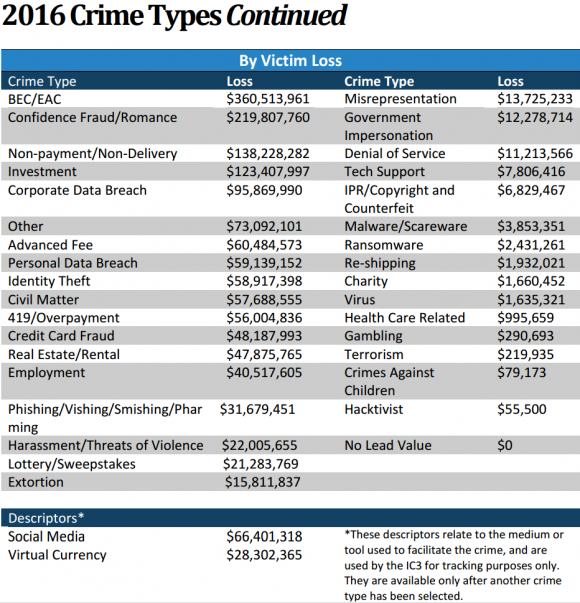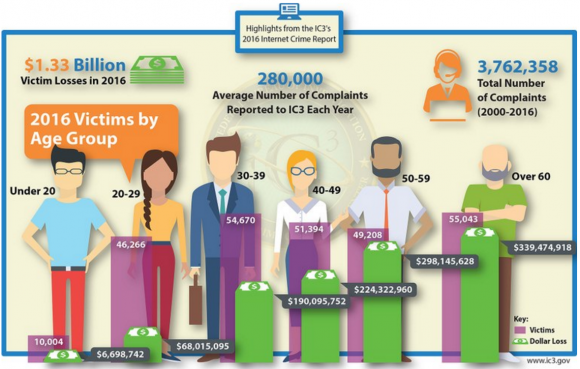Is it Time to Can the CAN-SPAM Act?
dimanche 2 juillet 2017 à 18:14Regulators at the U.S. Federal Trade Commission (FTC) are asking for public comment on the effectiveness of the CAN-SPAM Act, a 14-year-old federal law that seeks to crack down on unsolicited commercial email. Judging from an unscientific survey by this author, the FTC is bound to get an earful.

Signed into law by President George W. Bush in 2003, the “Controlling the Assault of Non-Solicited Pornography and Marketing Act” was passed in response to a rapid increase in junk email marketing.
The law makes it a misdemeanor to spoof the information in the “from:” field of any marketing message, and prohibits the sending of sexually-oriented spam without labeling it “sexually explicit.” The law also requires spammers to offer recipients a way to opt-out of receiving further messages, and to process unsubscribe requests within 10 business days.
The “CAN” in CAN-SPAM was a play on the verb “to can,” as in “to put an end to,” or “to throw away,” but critics of the law often refer to it as the YOU-CAN-SPAM Act, charging that it essentially legalized spamming. That’s partly because the law does not require spammers to get permission before they send junk email. But also because the act prevents states from enacting stronger anti-spam protections, and it bars individuals from suing spammers except under laws not specific to email.
Those same critics often argue that the law is rarely enforced, although a search on the FTC’s site for CAN-SPAM press releases produces quite a few civil suits brought by the commission against marketers over the years. Nevertheless, any law affecting Internet commerce is bound to need a few tweaks over the years, and CAN-SPAM has been showing its age for some time now.
Ron Guilmette, an anti-spam activists whose work has been profiled extensively on this blog, didn’t sugar-coat it, calling CAN-SPAM “a travesty that was foisted upon the American people by a small handful of powerful companies, most notably AOL and Microsoft, and by their obedient lackeys in Congress.”
According to Guilmette, the Act was deliberately fashioned so as to nullify California’s more restrictive anti-spam law, and it made it impossible for individual victims of spam to sue spam senders. Rather, he said, that right was reserved only for the same big companies that lobbied heavily for the passage of the CAN-SPAM Act.
“The entire Act should be thrown out and replaced,” Guilmette said. “It hasn’t worked to control spam, and it has in fact only served to make the problem worse.”
In the fix-it-don’t-junk-it camp is Joe Jerome, policy counsel for the Electronic Frontier Foundation (EFF), a nonprofit digital rights advocacy group. Jerome allowed that CAN-SPAM is far from perfect, but he said it has helped to set some ground rules.
“In her announcement on this effort, Acting Chairman Ohlhausen hinted that regulations can be excessive, outdated, or unnecessary,” Jerome said. “Nothing can be further from the case with respect to spam. CAN-SPAM was largely ineffective in stopping absolutely bad, malicious spammers, but it’s been incredibly important in creating a baseline for commercial email senders. Advertising transparency and easy opt-outs should not be viewed as a burden on companies, and I’d worry that weakening CAN-SPAM would set us back. If anything, we need stronger standards around opt-outs and quicker turn-around time, not less.”
Dan Balsam, an American lawyer who’s made a living suing spammers, has argued that CAN-SPAM is nowhere near as tough as it needs to be on junk emailers. Balsam argues that spammy marketers win as long as the federal law leaves enforcement up to state attorneys general, the FTC and Internet service providers.
“I would tell the FTC that it’s a travesty that Congress purports to usurp the states’ traditional authority to regulate advertising,” Balsam said via email. “I would tell the FTC that it’s ridiculous that the CAN-SPAM Act allows spam unless/until the person opts out, unlike e.g. Canada’s law. And I would tell the FTC that the CAN-SPAM Act isn’t working because there’s still obviously a spam problem.”
Cisco estimates that 65 percent of all email sent today is spam. That’s down only slightly from 2004 when CAN-SPAM took effect. At the time, Postini Inc. — an email filtering company later bought by Google — estimated that 70 percent of all email was spam.
Those figures may be misleading because a great deal of spam today is simply malicious email. Nobody harbored any illusions that CAN-SPAM could do much to stop the millions of phishing scams, malware and booby-trapped links being blasted out each day by cyber criminals. This type of spam is normally relayed via hacked servers and computers without the knowledge of their legitimate owners. Also, while the world’s major ISPs have done a pretty good job blocking most pornography spam, it’s still being blasted out en masse from some of the same criminals who are pumping malware spam.
Making life more miserable and expensive for malware spammers and phishers has been major focus of my work, both here at KrebsOnSecurity and in my book, Spam Nation: The Inside Story of Organized Cybercrime. Stay tuned later this week for the results of a lengthy investigation into a spam gang that has stolen millions of Internet addresses to play their trade (a story, by the way, that features prominently the work of the above-quoted anti-spammer Ron Guilmette).
What do you think about the CAN-SPAM law? Sound off in the comments below, and consider leaving a copy of your thoughts at the FTC’s CAN-SPAM comments page.
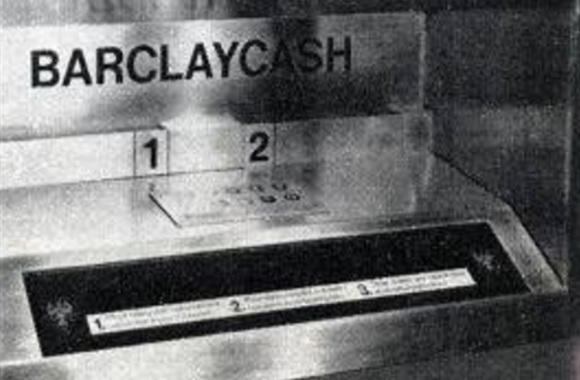

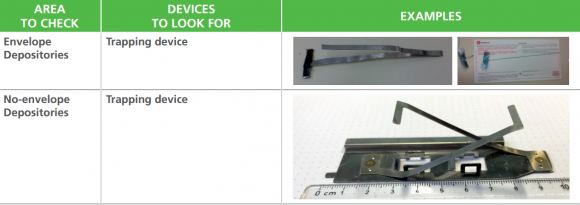
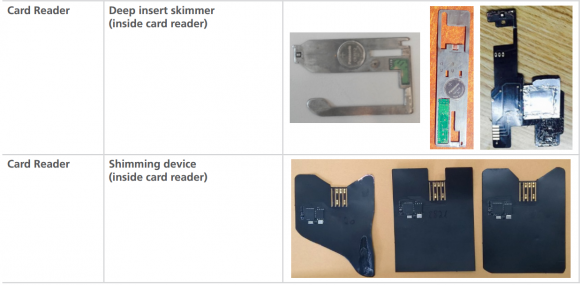
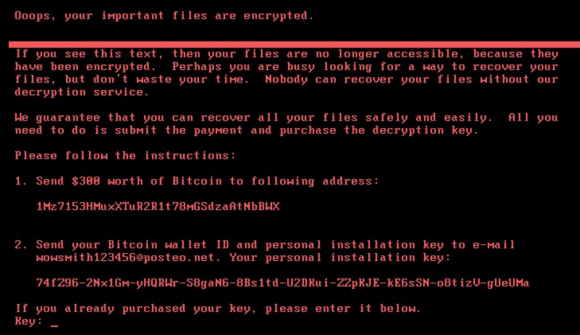
 The reader — Cedric (he asked to keep his last name out of this story) had grown increasingly aggravated with the calls as well, until one day he opted to play along by telling a white lie to the automated voice response system that called him: Yes, he said, yes he definitely was interested in credit repair services.
The reader — Cedric (he asked to keep his last name out of this story) had grown increasingly aggravated with the calls as well, until one day he opted to play along by telling a white lie to the automated voice response system that called him: Yes, he said, yes he definitely was interested in credit repair services.